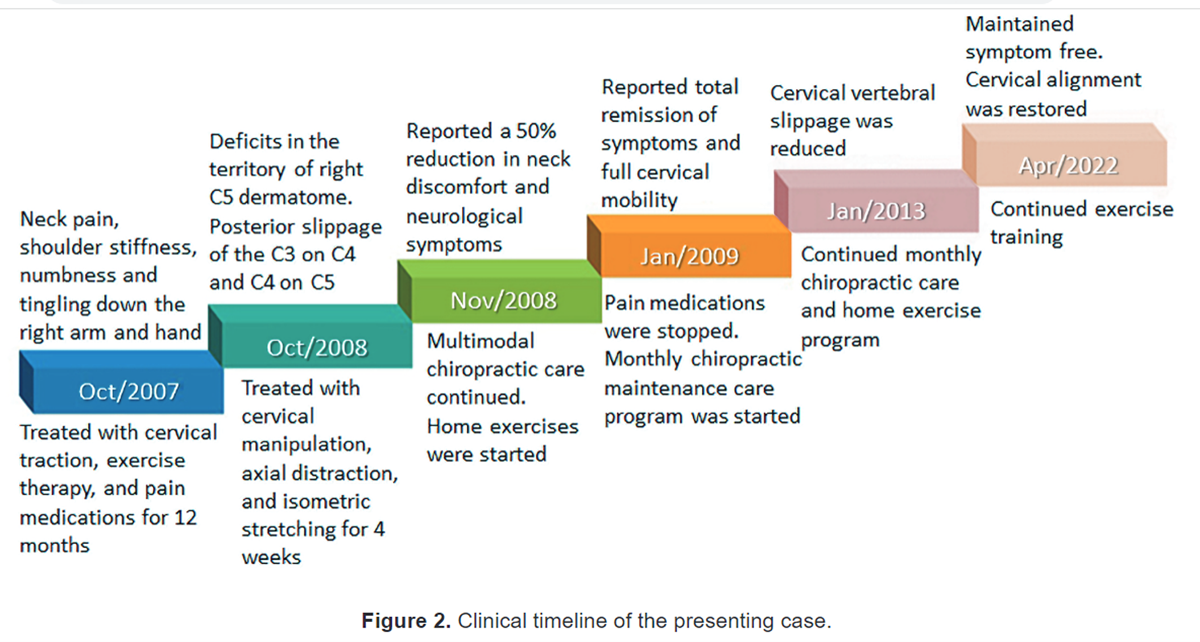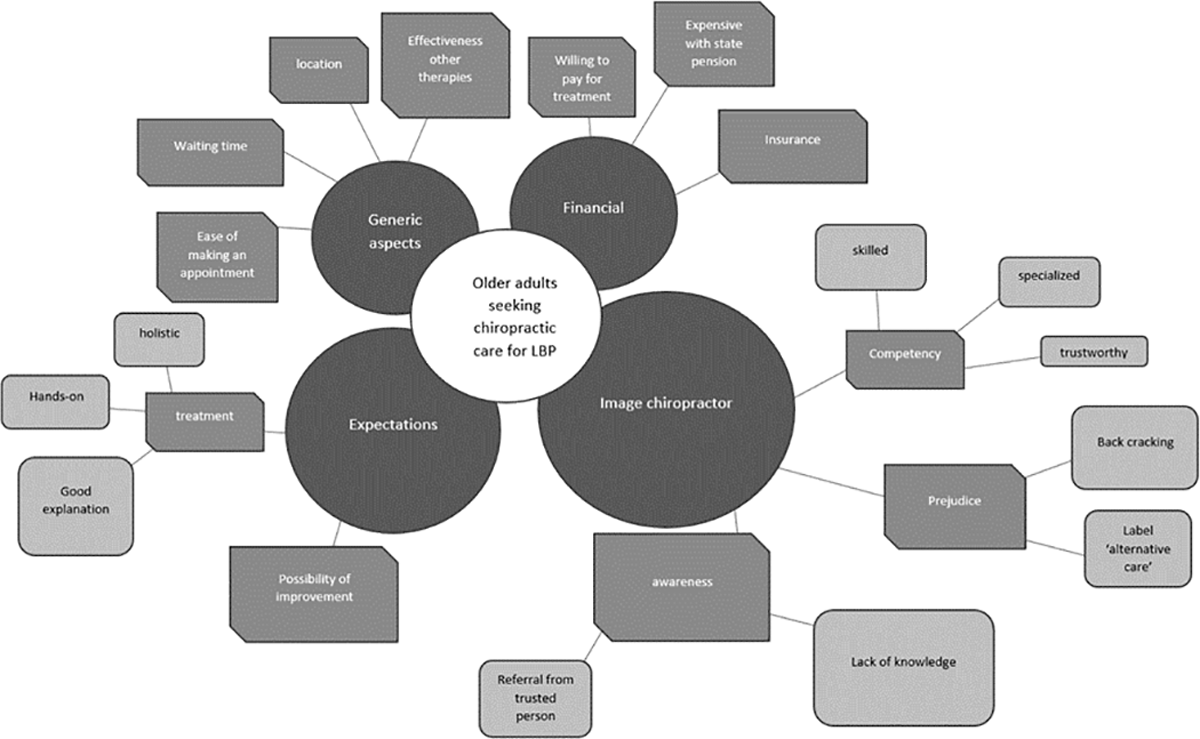Chiropractic Use in the Medicare Population: Prevalence, Patterns, and Associations With 1-Year Changes in Health and Satisfaction With Care
SOURCE: J Manipulative Physiol Ther. 2014 (Oct); 37 (8): 542-551 ~ FULL TEXT
Paula A.M. Weigel, PhD, Jason M. Hockenberry, PhD,
Fredric D. Wolinsky, PhD
Research Associate,
Department of Health Management and Policy,
College of Public Health,
The University of Iowa, Iowa City, IA.
Paula-Weigel@uiowa.edu
OBJECTIVE: The purpose of this study was to examine how chiropractic care compares to medical treatments on 1-year changes in self-reported function, health, and satisfaction with care measures in a representative sample of Medicare beneficiaries.
METHODS: Logistic regression using generalized estimating equations is used to model the effect of chiropractic relative to medical care on decline in 5 functional measures and 2 measures of self-rated health among 12170 person-year observations. The same method is used to estimate the comparative effect of chiropractic on 6 satisfaction with care measures. Two analytic approaches are used, the first assuming no selection bias and the second using propensity score analyses to adjust for selection effects in the outcome models.
RESULTS: The unadjusted models show that chiropractic is significantly protective against 1-year decline in activities of daily living, lifting, stooping, walking, self-rated health, and worsening health after 1 year. Persons using chiropractic are more satisfied with their follow-up care and with the information provided to them. In addition to the protective effects of chiropractic in the unadjusted model, the propensity score results indicate a significant protective effect of chiropractic against decline in reaching.
CONCLUSION: This study provides evidence of a protective effect of chiropractic care against 1-year declines in functional and self-rated health among Medicare beneficiaries with spine conditions, and indications that chiropractic users have higher satisfaction with follow-up care and information provided about what is wrong with them.
From the Full-Text Article:
Introduction
National surveys and other data show chiropractic use prevalence rates among those 18 years and older, ranging between 5.6% and 8.6% in the United States. [1-3] Among Medicare beneficiaries 70 years and older, chiropractic use is less prevalent, with 2 studies indicating annual rates ranging between 4.1% and 5.4%. [4, 5] For younger Medicare beneficiaries, chiropractic prevalence rates are closer to national rates, ranging between 6% and 7%. [6] Although informative, these estimates are not reflective of the population that commonly seeks care from doctors of chiropractic — namely, persons seeking treatment of spine-related health conditions. [2, 7-9] Prevalence of chiropractic use is likely higher in the population of Medicare beneficiaries with back and neck conditions, but how much higher is not known.
Read the rest of this Full Text article now!





Having an aging veteran population in our community, we see the on a case by case basis the effect that are being described in your article, keep up the chiropractic publications.
As a chiropractor in Austin TX I can say that our Medicare-aged population is relatively small compared to other Central Texas cities, or perhaps even the US, since we are a college town (University of Texas). However we’ve definitely seen our numbers of older patients rising over the last 5 years, and I expect them to continue to rise, so this study is particularly topical.
It’s great to see that DCs are the “go-to guys” for spine among older patients, but since Medicare only covers manipulation, and covers it so poorly, it’s no surprise that our prevalence in this age group — and the dollars spent on chiro care — are relatively flat over the decades.
I believe that chiropractors are uniquely poised to serve older patients due to the fact that we approach health from a preventative standpoint, and I’d like to see us focus more on older patients as a group. Thanks for keeping us up on the latest research, Frank.
Hi Dr. Dan
Medicare is price-fixing, and in at least one respect, it was designed to hold down costs for our retired friends.
However, if you actually look at the fee schedule, CMT remuneration is about 60% of my U&C charges, whilst they pay 90%+ of the E&M fees that MDs routinely use on EVERY visit to code for their interaction.
Back when the Medicare code for CMT was the 97260, it contained no E&M component, whereas the new CMT code does include that E&M assessment component, and the valuation actually increased.
Considering that allopaths regularly bill an E&M at every visit, if Medicare wants to save money and remain solvent, they need to apply that same 60% reduction formula to the E&M fees. At least that would level the field, rather than robbing Peter (us) to pay Paul (allopaths).
I completely agree, Frank. Since chiropractic care is discounted so heavily through Medicare, it makes sense that the government should at least be pushing more patients toward DCs. If they’re not going to reimburse us equally, they should at least realize that greater chiropractic utilization would reduce US expenditures on the Medicare program.